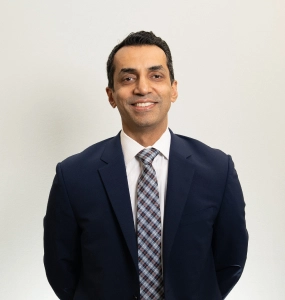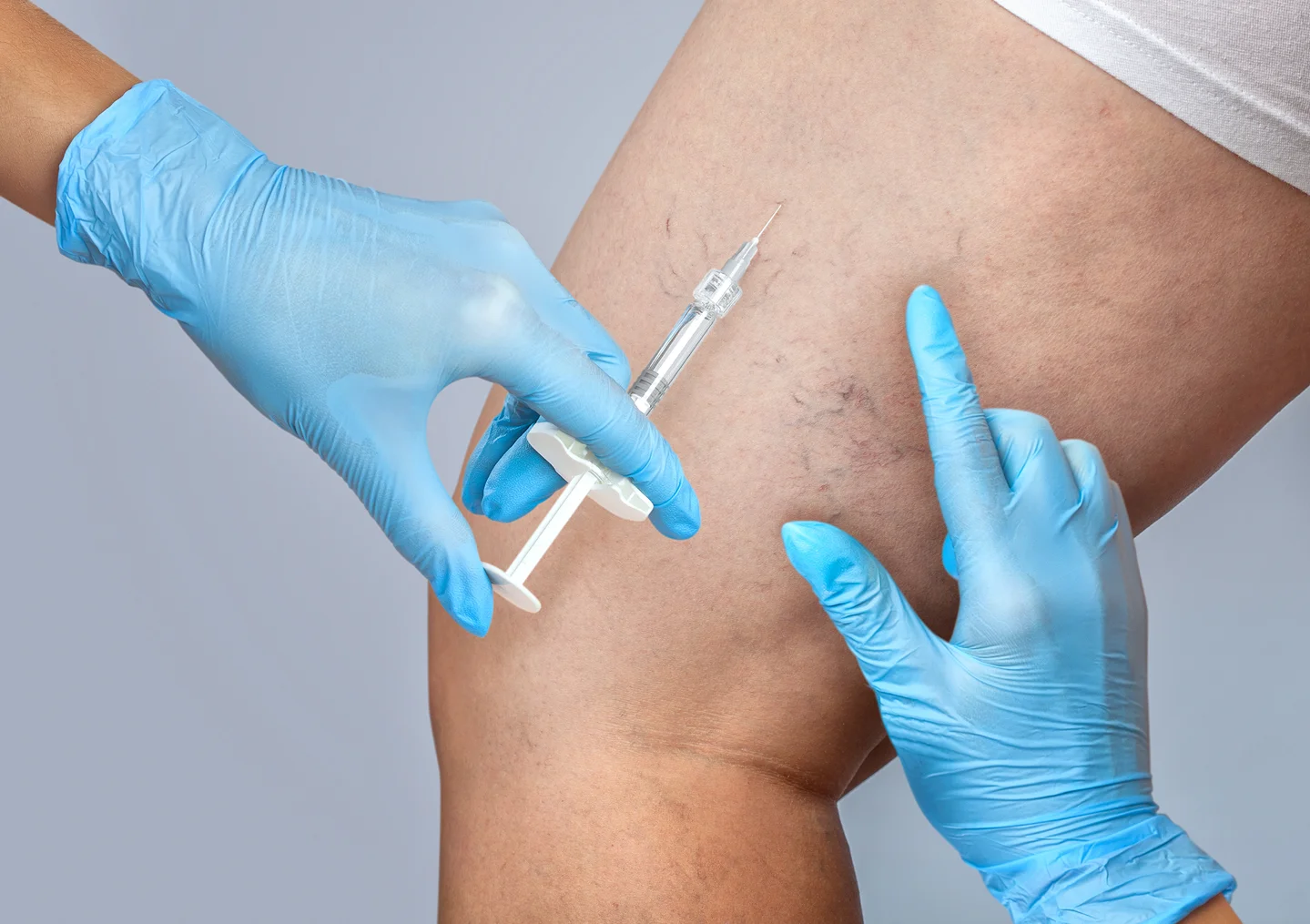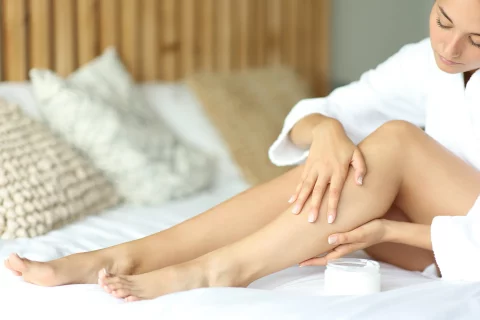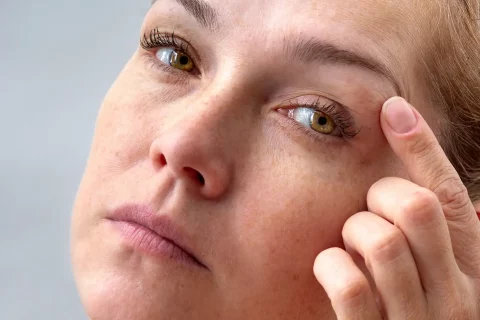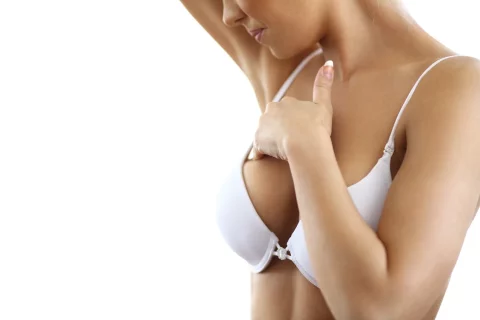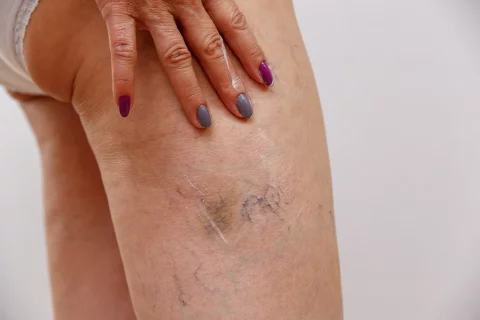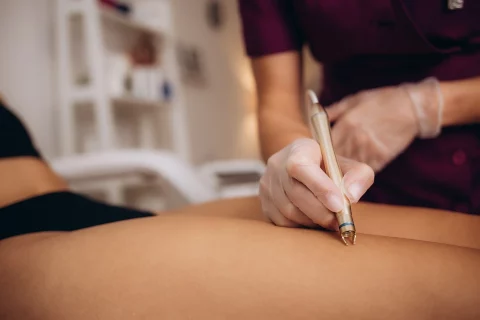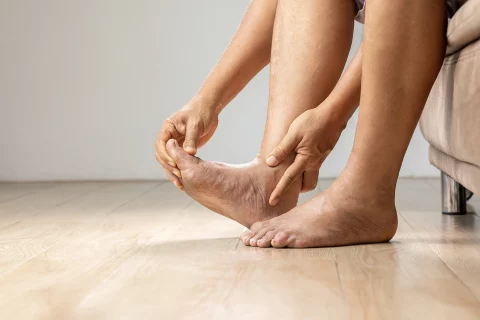Discover the best treatments to eliminate spider veins and achieve flawless skin
For the best thread vein removal treatments, options like Laser and IPL, Sclerotherapy, and RFA are the most common right now.
Thread veins, also known as spider veins or telangiectasia, are those small, web-like clusters of red, blue, or purple veins that can appear on the surface of the skin. While generally harmless, they can be a cosmetic concern for many.
Fortunately, advancements in medical aesthetics offer a variety of effective treatments to reduce their appearance. If you’re looking for solutions to achieve clearer, more even-toned skin, this blog will explore the best thread vein removal treatments available, helping you make an informed decision.
Living with unwanted veins is a thing of the past, when you can simply schedule a free consultation with Vein Center Doctor and find your ideal solution today.
Thread Veins Causes and Concerns
Before diving into treatments, let’s understand what causes these pesky veins and why people seek to remove them.
What Causes Thread Veins?
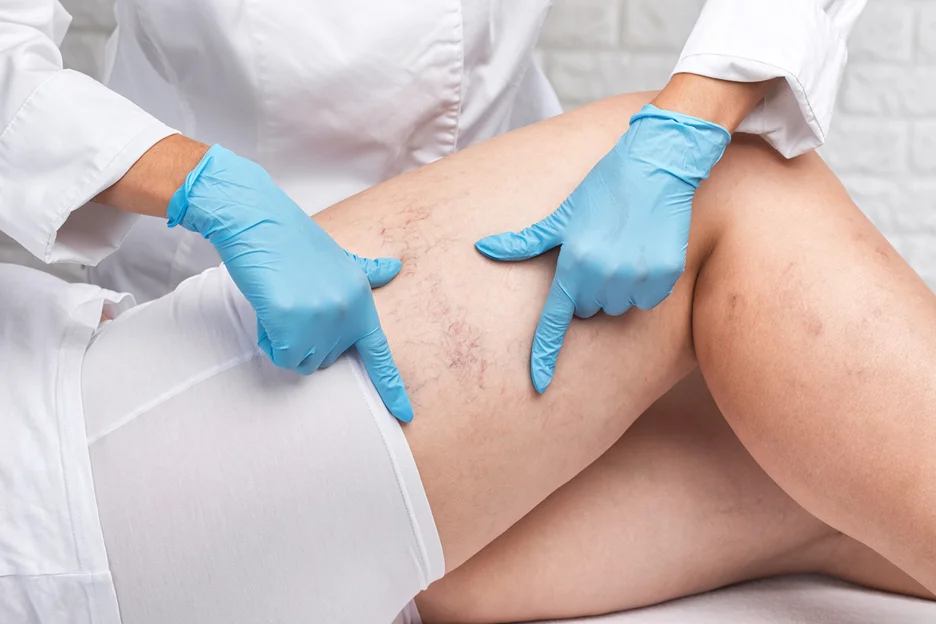
Thread veins can appear on the face or legs and are more common as we age. Several factors contribute to their development:
Genetic Factors: It Runs in the Family
If your parents or other close relatives have thread veins, you’re more likely to develop them too. Genetics play a significant role in the structure and strength of our veins.
Hormonal Changes: The Influence of Hormones
Fluctuations in hormones, particularly during pregnancy, menopause, or while using hormonal contraceptives, can increase the risk of thread veins. These changes can weaken vein walls and affect blood flow.
Aging: The Natural Wear and Tear
As we age, our skin loses collagen and elasticity, making veins more visible. The valves within veins can also weaken, leading to blood pooling and the appearance of thread veins.
Environmental and Lifestyle Factors: Daily Habits Matter
- Sun Exposure: UV radiation from the sun can damage the skin and blood vessels, making thread veins more prominent.
- Prolonged Standing or Sitting: Occupations that require long periods of standing or sitting can increase pressure on leg veins, contributing to thread vein formation.
- Alcohol and Smoking: These habits can dilate blood vessels and weaken their walls, increasing the likelihood of thread veins.
- Extreme Temperatures: Exposure to very hot or cold temperatures can also affect vein health.
Why Do People Seek Treatment?
While thread veins are usually not a medical concern, many people choose to treat them for cosmetic reasons. The appearance of these veins can affect self-esteem and confidence, particularly when they are prominent on the face or legs.
Exploring the Best Thread Vein Removal Treatments
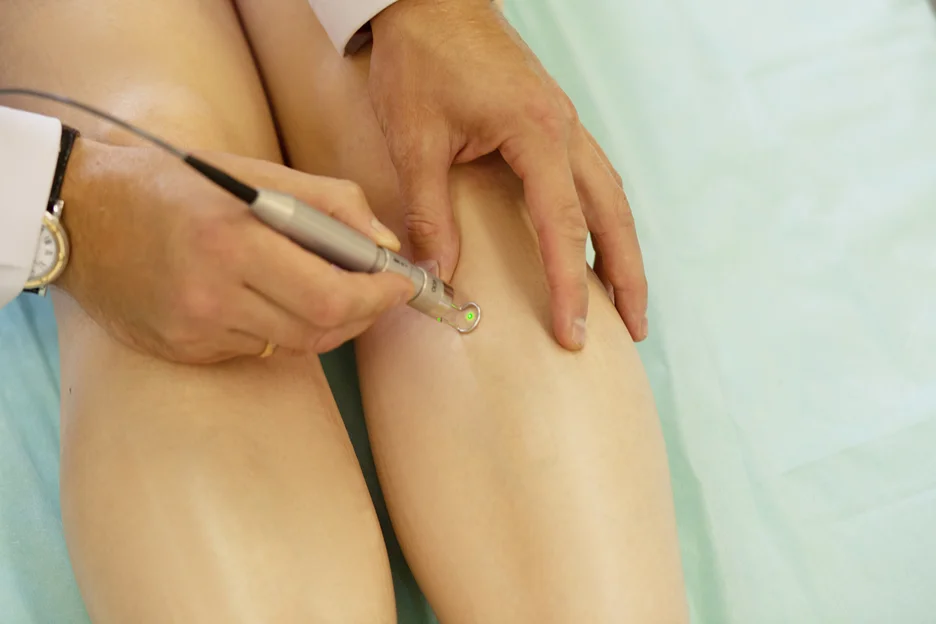
Now, let’s explore the most effective treatments available for getting rid of thread veins:
Laser Treatments: Precision and Effectiveness
Laser therapy has become a gold standard for treating thread veins. These treatments use focused light energy to target and heat the blood within the veins, causing them to collapse and be reabsorbed by the body.
Current State and Future Directions of Laser Treatments
Laser technology continues to advance, with newer devices like the Motus AY offering improved precision, reduced discomfort, and suitability for all skin types. These advancements aim to address the underlying causes of venous insufficiency, enhancing patient outcomes further. The number of sessions needed varies, typically ranging from one to six, depending on individual factors like skin type and the severity of the veins.
Intense Pulsed Light (IPL) Therapy
IPL is another light-based treatment that uses broad-spectrum light to target pigment in the veins. It’s often used for facial thread veins and can also address other skin concerns like sun damage. Multiple sessions are usually required for optimal results.
Injection Treatments: Sclerotherapy
Sclerotherapy involves injecting a solution directly into the thread veins, causing them to collapse and fade. It’s a well-established treatment, particularly effective for larger thread veins on the legs.
How Effective is Sclerotherapy?
The effectiveness of sclerotherapy varies depending on the individual and the extent of the veins. Some may see significant improvement after one or two sessions, while others with more extensive veins might need six to eight sessions. The presence of underlying varicose veins can also impact the results.
Radiofrequency Ablation (RFA)
RFA is a minimally invasive procedure that uses radiofrequency energy to heat and close off problematic veins. While primarily used for varicose veins, it can also be an option for larger thread veins.
Comparing Treatment Options: Which is Right for You?
The best treatment for you depends on factors like the location and size of your thread veins, your skin type, and your personal preferences. Here’s a quick comparison:
- Laser Treatments (including IPL): Ideal for facial thread veins and smaller veins on the legs. Suitable for all skin types with newer technologies.
- Sclerotherapy: Effective for larger thread veins, particularly on the legs.
- RFA: May be considered for larger thread veins or when varicose veins are also present.
What to Expect: Results, Recovery, and Aftercare
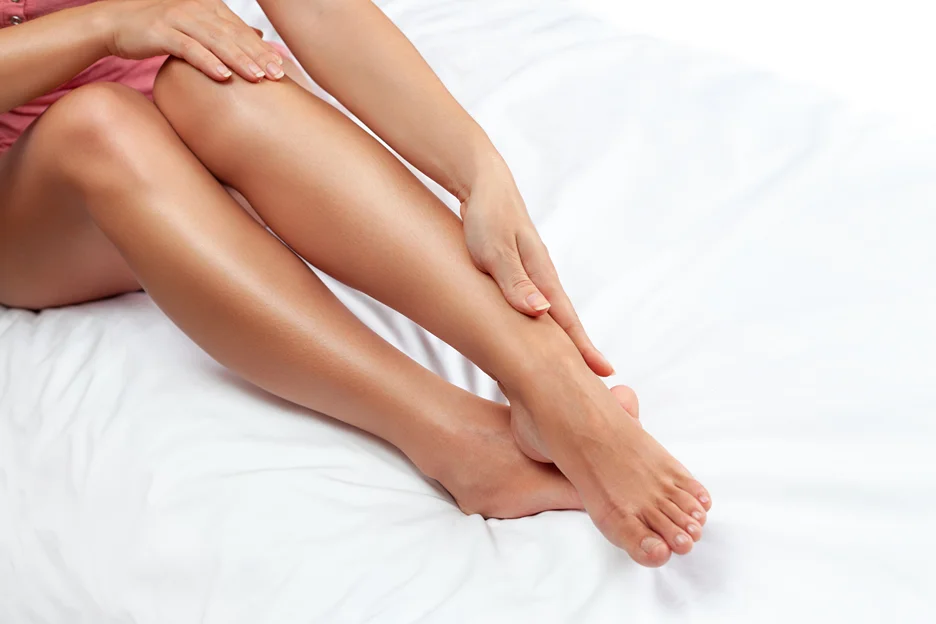
Results: When Will I See a Difference?
Some improvement may be visible immediately after treatment, especially with laser therapy. However, it often takes several weeks for the treated veins to fully fade as the body reabsorbs them.
Recovery: What to Expect After Treatment
- Laser and IPL: You might experience some redness, swelling, or warmth in the treated area, which usually subsides within a few days.
- Sclerotherapy: Some bruising, swelling, and tenderness are common and typically resolve within a few weeks.
- RFA: Similar to sclerotherapy, bruising and mild discomfort are possible.
Aftercare: Maximizing Your Results and Minimizing Risks
Following your provider’s aftercare instructions is crucial for optimal healing and results. This may include:
- Wearing compression stockings (for leg treatments): This helps support healing and reduce swelling.
- Avoiding sun exposure: Protect the treated area from the sun to prevent pigmentation changes.
- Avoiding strenuous exercise and hot baths for a short period: This helps minimize inflammation and promote healing.
Potential Risks and Side Effects: Being Informed
While thread vein removal treatments are generally safe, it’s essential to be aware of potential risks:
Common Side Effects
- Redness, swelling, bruising, and mild discomfort are common and usually temporary.
Specific Risks
- Sclerotherapy: Allergic reactions to the solution, skin ulceration (rare), and blood clots (rare) are possible.
- RFA: Infection, nerve injury (rare), and skin redness are potential risks.
- IPL: Pain, blistering, and changes in skin pigmentation (especially in darker skin tones) can occur.
Historical Context: How Far Have We Come?
The treatment of vein issues has a long history, dating back to ancient civilizations. Early methods were often crude and painful. Thankfully, advancements in medical technology, particularly in the 20th and 21st centuries, have revolutionized vein treatments.
The development of minimally invasive techniques like sclerotherapy, laser therapy, and RFA has made treatments more effective, safer, and more comfortable for patients.
Find exactly what you need to get rid of your vein-related problems. Dr. Sood and the rest of our team at Vein Center Doctor are ready to help: schedule your free consultation today.
Technological Advancements: Shaping the Future of Vein Care
Innovation continues to drive improvements in vein treatments.
The Role of Laser Technology
Laser technology is constantly evolving, with newer devices offering greater precision, reduced discomfort, and faster treatment times.
The Potential of Wearable Technology
Wearable devices that monitor circulatory health are emerging, offering the potential for early detection and management of vein conditions.
Conclusion: Achieving Clearer Skin with Confidence
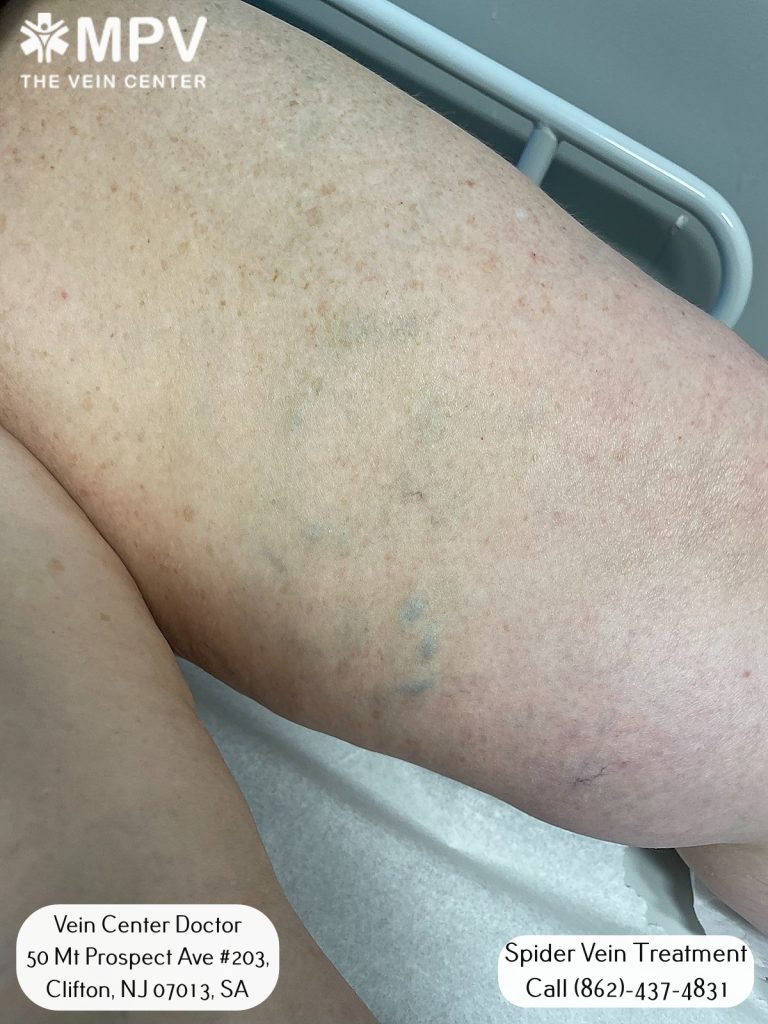
Thread vein removal treatments offer effective solutions for those seeking to improve the appearance of their skin. By understanding the causes of thread veins, exploring the various treatment options, and being aware of potential risks and aftercare requirements, you can make an informed decision and achieve the best possible results.
Consult with a qualified medical professional to discuss your specific concerns and determine the most appropriate treatment plan for you. With the right approach, you can enjoy clearer, more even-toned skin and renewed confidence. Remember to always seek a medical spa with qualified professionals when considering any of these treatments.
